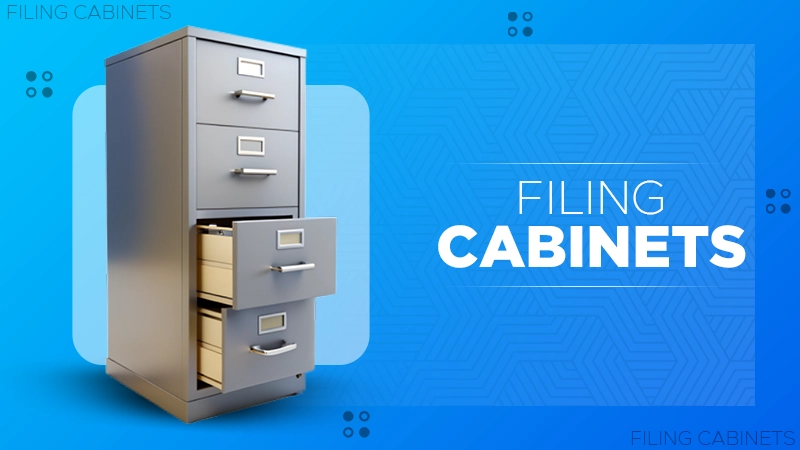How to Prepare Your Driveway for Sealing
Sealing your asphalt driveway is one of the most important maintenance practices, which is time-consuming but important. External weather elements, as well as oil and gas spills, are the greatest threats to your asphalt driveway and can cause significant and costly damage if not dealt with in advance. Sealing your driveway is one of the best ways to protect it from these elements and ensure longevity.
Typically, you should seal your driveway six months after the first installation. Then, you should seal it once every two to three years, depending on your location. However, you shouldn’t apply the sealer immediately after installing your driveway, the surface needs around 30 days to cure. If you live in an area with a harsh winter climate, you should seal your driveway every year, just before the winter season, if you don’t want to start dealing with a damaged driveway soon after the winter season.
With that said, how do you prepare your asphalt driveway for sealing? The following are the top tips to guide you when preparing your asphalt driveway for sealing. Read on for more information.
Check Weather Forecast
Before you start preparing your driveway for sealing, it’s important to check the weather forecast. This is because you should avoid sealing your driveway if it’s raining or if there’s a high chance of rain in the near future.
The sealcoating contractors at ABC Paving say that sealing your driveway in adverse weather conditions can damage the sealer and reduce its lifespan. So, it’s important to be aware of the weather forecast before starting this project. If it looks like it will rain in the next few days, wait until the weather clears up before proceeding to the next step.
Inspect Your Driveway for Cracks and Repair Them
The first thing you should do is inspect your driveway for any cracks or other damage. This is important because you need to repair the damage before applying the sealer. Otherwise, the sealer will not adhere properly, and the crack will continue to grow and spread.
You can use a putty knife to remove any loose debris from the crack, then use a wire brush to clean out the crack. Once you’ve done that, apply an asphalt patching compound to the area, and smooth it out with a putty knife. Allow the patching compound to dry completely before proceeding to the next step.
Tips for inspecting your driveway
Look for Cracks:
Small cracks can easily turn into big ones if they are not repaired in time. So, it is important to look for cracks and repair them before sealcoating your driveway.
Check the Drainage:
Make sure that your driveway has proper drainage. Standing water on your driveway can damage the sealer and reduce its lifespan if there is standing water.
Inspect the Edges:
It is important to inspect the edges of your driveway because they are more susceptible to damage. If you find any damage, make sure to repair it before sealcoating your driveway.
Look for Potholes:
Potholes can be formed due to the weathering of the asphalt. The traffic can also cause them on your driveway. If you find any potholes, make sure to repair them before sealcoating your driveway.
Clean Your Driveway
Once you’ve repaired all the cracks, it’s time to clean your driveway. This is important because you need to remove all the dirt, dust, and debris accumulated on the surface. Otherwise, the sealer will not adhere properly.
You can use a power washer to clean your driveway quickly and easily. However, make sure you don’t use too much pressure, as this can damage the asphalt. Once you’ve finished power washing your driveway, allow it to dry completely before proceeding to the next step.
Tips for cleaning your driveway
H3 – Use a Power Washer: A power washer is an effective way to clean your driveway quickly and easily. However, make sure you don’t use too much pressure, as this can damage the asphalt.
H3 – Sweep the Surface: Once you’ve used a power washer to clean your driveway, you need to sweep the surface to remove any remaining dirt, dust, and debris.
H3 – Allow it to Dry Completely: Once you’ve cleaned your driveway, allow it to dry completely before sealcoating it.
Apply Primer
After repairing the cracks and cleaning the surface of your driveway, the next step is to apply primer. This is important because it will help the sealer adhere properly to your driveway’s surface.
You can use a brush or roller to apply the primer to your driveway. Make sure you evenly coat the entire surface. Once you’ve applied the primer, allow it to dry completely before proceeding to the next step.
Apply Sealer
Now, it’s time to apply the sealer to your driveway. This is important because it will protect your driveway from damage and wear and tear.
You can use a brush or roller to apply the sealer to your driveway. Make sure you evenly coat the entire surface. Once you’ve applied the sealer, allow it to dry completely before proceeding to the next step.
Allow the Sealer to Cure
Once you’ve applied the sealer, you need to allow it to cure properly before driving on it or parking. This is important because if you drive or park on the sealer while it’s still wet, it will damage the sealer and reduce its lifespan.
The average curing time for a sealer is around 24 hours, but it may vary depending on the type of sealer that you use. Make sure you read the instructions carefully before applying the sealer. Once the sealer has cured, you can start using your driveway again.
Bottom Line
Sealing your asphalt driveway is an important maintenance practice that can help protect your driveway from damage and extend its lifespan. If you follow these tips, you can easily prepare your driveway for sealing and achieve optimal results.











